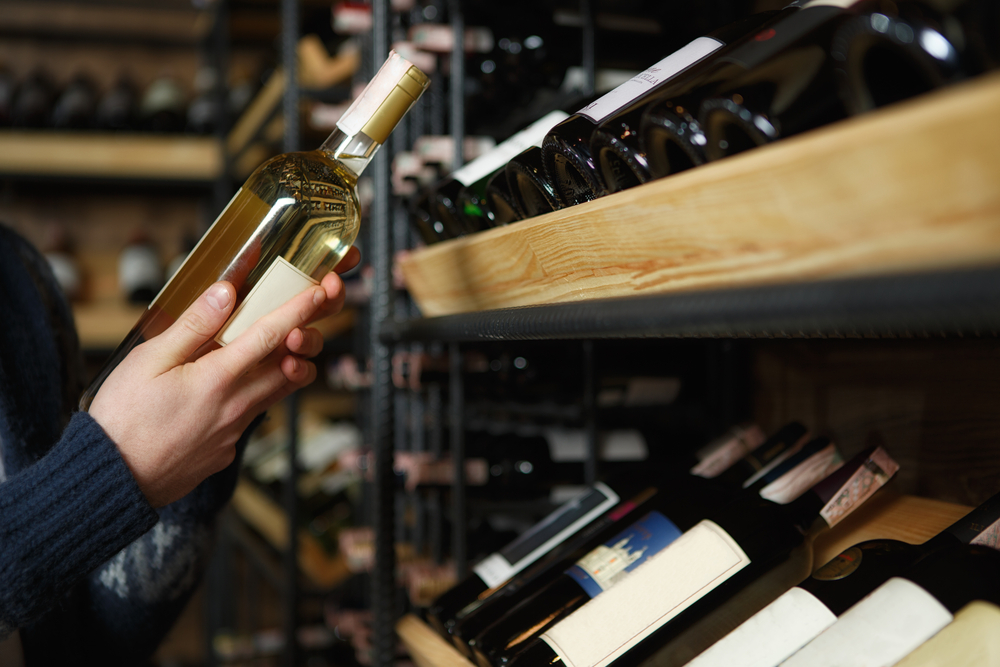I recently had the opportunity to participate in a conversation at the DISCUS (Distilled Spirits Council of the US) annual meeting in California. It was exciting to talk with my counterparts about the opportunities that exist in the North American region for the beverage alcohol industry.
The latest available data reveals that Mexico, the U.S. and Canada account for nearly 60% of the world’s alcoholic beverage exports. There is no doubt that our sector has age-old traditions, such as Mexican tequila, U.S. bourbon and Canadian whiskey, which have led to its global recognition.
By the end of 2023, exports from the agri-food sector reached more than $51 billion dollars, which represents a source of income and foreign exchange even higher than oil exports ($39 billion dollars). It is worth noting that the Mexican wine and spirits sector contributes 20% of agri-food export revenues.
Undoubtedly, tequila and mezcal are highly recognized globally. The US is the main buyer of tequila and consumes 80% of total exports, while Canada is the sixth largest importer of tequila globally. On the other hand, the size of the mezcal market was valued at US$960 million by 2024 and is projected to grow at a compound annual rate of 12% over the next 5 years.
In addition, thanks to the international visibility that comes with nearshoring and the vast wealth of our country, Mexico was positioned as the fastest growing country brand in 2024 according to the Global Soft Power Index. While Mexico is identified for its culture and heritage in general, the index also reflects a particular taste for Mexican food around the world.

Beyond exports, the alcoholic beverage industry drives other areas of the economy, such as tourism, entertainment and gastronomy. There is growing interest in cocktails as an integral part of haute cuisine and opportunities for pairing different beverages and wines as part of gourmet experiences to enhance the flavors of each dish.
Not to be forgotten is the growing offer of so-called “mocktails” that offer non-alcoholic flavor for people who have chosen to abstain. A mocktail is a cocktail simulation that can combine fruit flavors, mineral water, tonic and a variety of other ingredients, and has an aesthetic presentation that mimics a cocktail that would traditionally have alcohol in it.
It is a source of pride that Mexican wine of all types – red, white and sparkling – is increasingly identified as an example of the best wines in the world. Different Mexican winemaking proposals have been recognized with 40 medals globally.
A 35% increase in the area of vineyards in the country is expected by 2030, which will generate more jobs in the field and in various other sectors such as transportation and logistics.
As is the case with all industries, ours faces both opportunities and challenges. The growth of the informal market is something we are working with the authorities to combat. Smuggling and adulteration endanger the health of the population and negatively affect the industry.
To contextualize the impact on the sector, it is worth mentioning that CIVyL members comply with all federal and state regulations, and together contribute to the collection through the IEPS, which totaled $25 billion pesos in 2023.
We must address the challenges together to boost this industry, which contributes both to exports and to the growth of our country’s domestic economy.
*The author is executive president of the The Mexican Council of Wine and Spirits (CIVyL).
Original article published in El Economista


